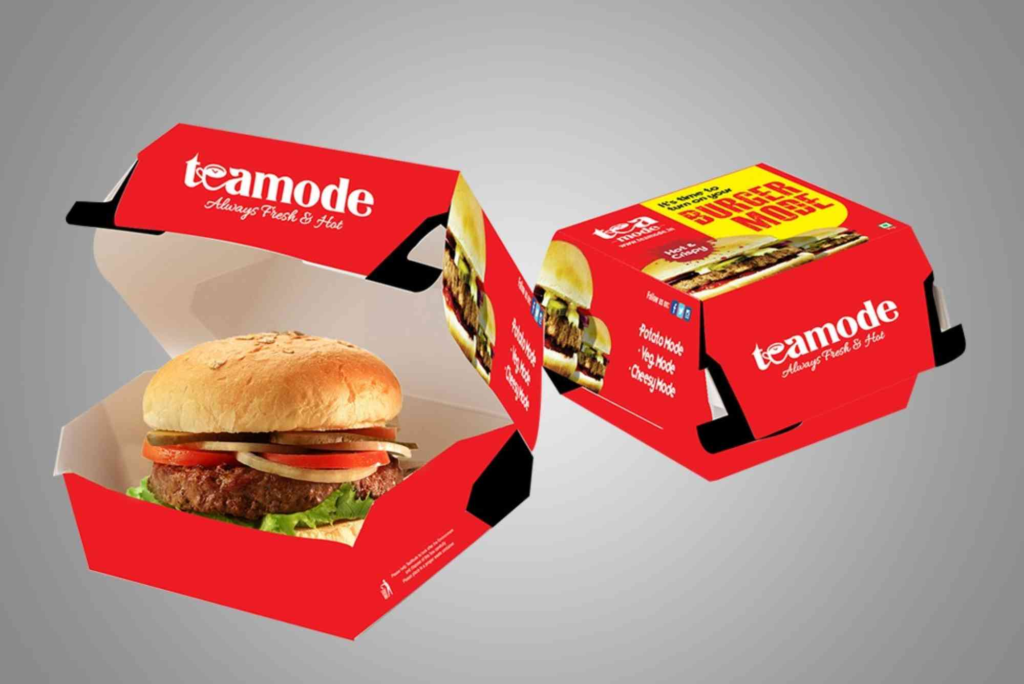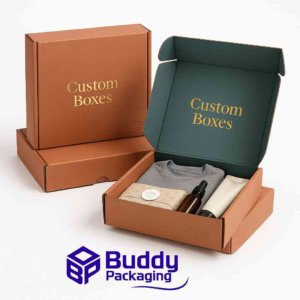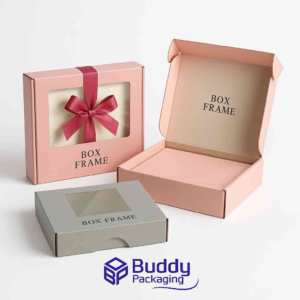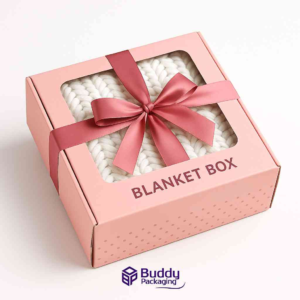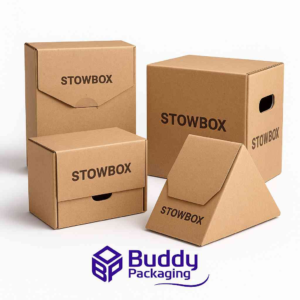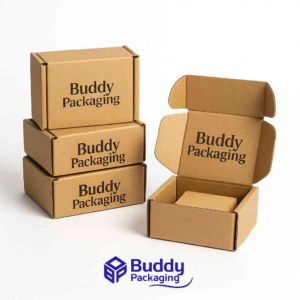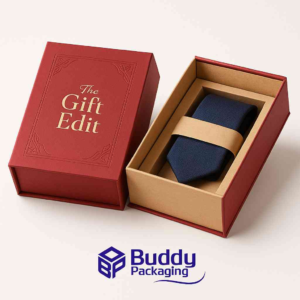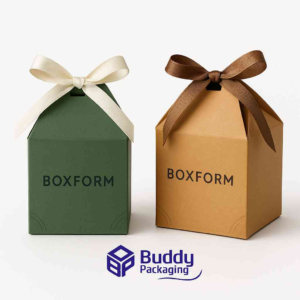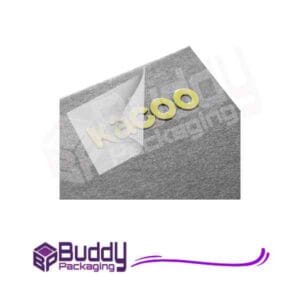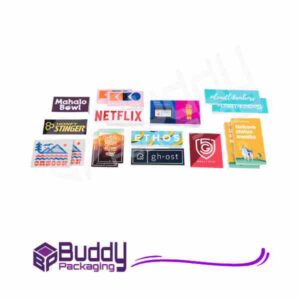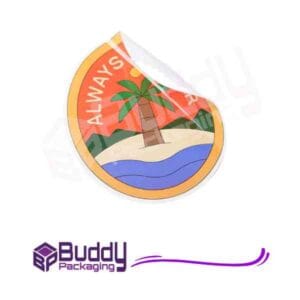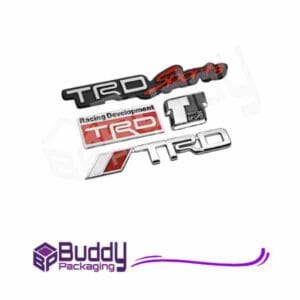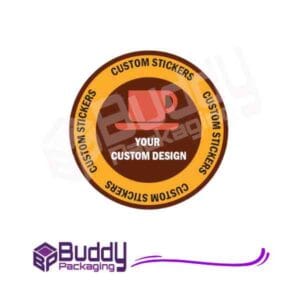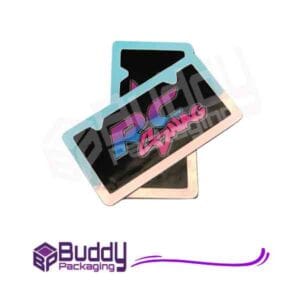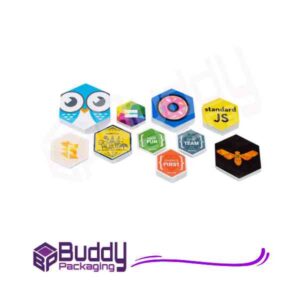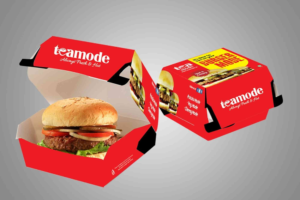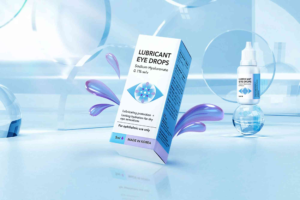Introduction
In the fast-paced world of food service, first impressions matter. Burger box packaging design is no longer just about holding food; it’s an opportunity to showcase your brand, connect with customers, and influence purchase decisions. From the colours and graphics to the material and structure, every element plays a crucial role in creating a memorable experience. Well-designed packaging can communicate quality, sustainability, and even your brand story, all while keeping the burger fresh and intact.
Whether you run a local eatery or a national chain, understanding the principles of burger box packaging design is essential. It affects not just aesthetics but also functionality, customer satisfaction, and environmental impact. In this article, we’ll explore design strategies, materials, and trends to help you create packaging that resonates with your audience and elevates your brand.
The Importance of Burger Box Packaging Design
Burger box packaging design is a vital component of your brand identity. Beyond protecting food, it serves as a silent ambassador for your business. Packaging impacts customer perception, helping convey whether your brand is modern, sustainable, fun, or premium.
A well-designed box can make your product Instagram-worthy, encouraging social sharing and free marketing. It also plays a psychological role; vibrant colours, clean design, and easy-to-handle boxes enhance the eating experience. In contrast, poorly designed packaging can detract from the quality of your food and diminish customer satisfaction.
Key Elements of Effective Burger Box Packaging
Material Selection
Material choice is fundamental to burger box packaging design. The right material ensures durability, maintains food temperature, and reduces environmental impact. Eco-friendly options such as recyclable cardboard or biodegradable coatings are increasingly popular, appealing to environmentally conscious consumers. These materials must balance strength with lightweight convenience to ensure the burger remains intact during transport.
Functional Design
Functionality is as important as aesthetics. A burger box should open easily, protect contents from spills, and retain heat without becoming soggy. Innovative features like ventilation holes, locking tabs, and compartments can improve usability. A thoughtfully designed box enhances the eating experience, making customers more likely to return.
Visual Branding
Visual elements define your brand identity. Colours, typography, and logos should reflect your brand personality. Vibrant hues can evoke excitement and appetite, while minimalist designs convey sophistication. Integrating patterns, illustrations, or custom artwork helps create a distinctive look that customers remember. Pairing visual appeal with tactile quality, such as textured surfaces or embossing, elevates the overall impression.
Printing Techniques
High-quality printing enhances the visual appeal of your packaging. Modern techniques allow for full-colours prints, metallic inks, and custom finishes. Consistency in printing ensures brand recognition across multiple locations and online marketing channels. Printed packaging can also communicate product information, promotional messages, and sustainability credentials.
Trends in Burger Box Packaging Design
Sustainable Packaging
Sustainability continues to drive design decisions. Consumers increasingly prefer packaging that is recyclable, compostable, or made from renewable resources. Sustainable packaging signals a responsible brand, aligns with eco-conscious values, and often improves customer loyalty. Brands investing in sustainable solutions can differentiate themselves in a competitive market.
Minimalist Designs
Minimalism has grown popular in the food packaging industry. Clean, simple designs create a premium feel while avoiding visual clutter. Minimalist burger box packaging focuses on essential branding elements and practical functionality. This approach appeals to customers who value elegance, readability, and sophistication.
Interactive Packaging
Interactive designs engage customers beyond the food itself. QR codes, puzzles, or augmented reality elements can create immersive experiences. Such designs make your packaging memorable, encourage social sharing, and strengthen brand loyalty. Creativity in interactive packaging aligns with marketing goals without compromising usability.
Personalisation
Personalised packaging adds a human touch. Limited edition designs, customer names, or custom messages make consumers feel valued. Personalisation is particularly effective in digital marketing campaigns, where user-generated content boosts visibility and engagement. Custom Boxes designed for your brand can accommodate such personalised touches seamlessly.
Practical Tips for Designing Burger Boxes
Understanding the essentials of burger box packaging design is only the first step. Implementation requires attention to detail, collaboration with packaging experts, and continuous testing. Collaborating with professional packaging designers ensures the structural integrity, aesthetic appeal, and sustainability standards are met.
Colours psychology is another subtle yet powerful tool. Warm colours like red and orange stimulate appetite, while greens and browns communicate natural ingredients. Incorporating tactile elements such as embossing, matte finishes, or glossy coatings enhances the unboxing experience.
Considering your customers’ journey is also crucial. Take into account how the packaging looks on shelves, during delivery, or in photos for social media. Convenience and functionality must be balanced with brand storytelling. For detailed box design tips, exploring resources on Creative Bloq provides useful inspiration and practical techniques.
The Role of Packaging in Marketing
Burger box packaging design extends beyond functional necessity; it is a marketing tool. Packaging serves as a mini-billboard, reaching audiences wherever the product travels. Custom designs amplify brand recognition and reinforce messaging at every customer touchpoint.
Effective packaging design can influence customer perception and purchasing behaviour. A well-crafted box creates anticipation, communicates quality, and can even encourage repeat purchases. By integrating promotional messages or seasonal designs, brands can keep offerings fresh and relevant.
Challenges in Burger Box Packaging
Despite its importance, designing burger boxes presents challenges. Balancing cost, sustainability, and aesthetics can be complex. Materials must be affordable yet sturdy, visually appealing, and eco-friendly. Additionally, packaging must meet regulatory standards for food safety, hygiene, and transport resilience.
Logistics also play a role. Boxes must stack efficiently, fit in delivery bags, and handle varying weather conditions. Overcoming these challenges requires innovation, prototyping, and feedback from both customers and operational teams.
Burger box packaging design is more than a container; it’s a strategic tool that enhances brand visibility, customer experience, and sustainability efforts. From material selection and functional design to visual branding and market trends, every decision impacts your brand perception and business success. Investing in thoughtful, high-quality packaging demonstrates professionalism, care, and creativity, ultimately influencing customer loyalty and sales.
To elevate your burger brand and create unforgettable customer experiences, prioritise smart packaging choices. Explore our Custom Boxes offerings, and see how your brand can benefit from packaging that combines functionality with striking design. Visit our Buddy Packaging Location for a hands-on experience and learn more about effective packaging strategies.
FAQ
What is the best material for burger boxes?
Cardboard is widely preferred for burger boxes due to its durability, lightweight nature, and eco-friendliness. Biodegradable and recyclable options are increasingly popular.
How can I make burger packaging more sustainable?
Using recyclable, compostable, or renewable materials reduces environmental impact. Avoid plastic coatings and choose plant-based inks.
Why is visual branding important on burger boxes?
Visual branding communicates your brand identity, attracts attention, and creates a memorable customer experience, encouraging repeat purchases.
How do I design a burger box that keeps food fresh?
Focus on structural design, ventilation, and high-quality materials to retain heat while preventing sogginess or spillage.
Can packaging increase social media engagement?
Yes, interactive and visually appealing packaging encourages customers to share photos online, boosting organic marketing reach.

